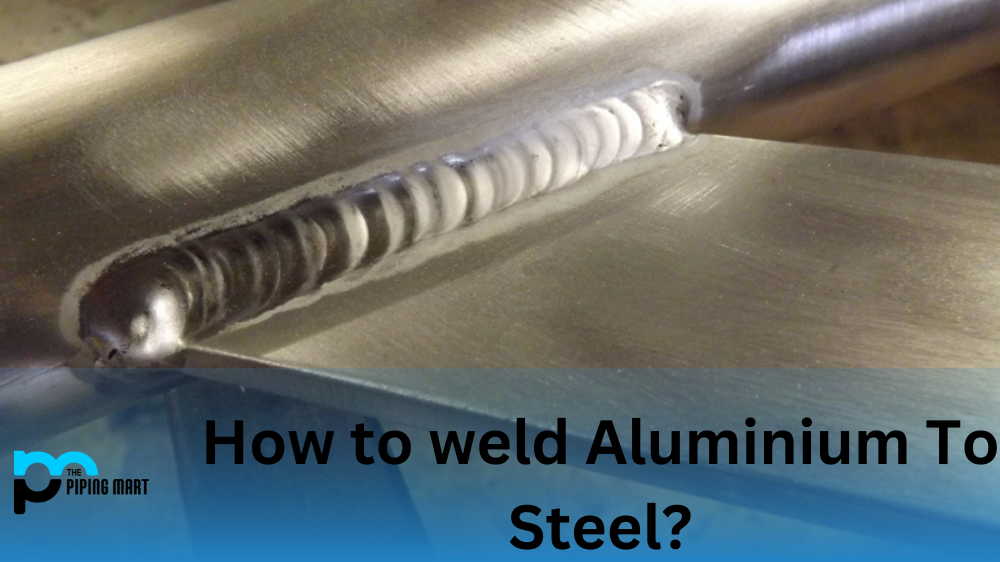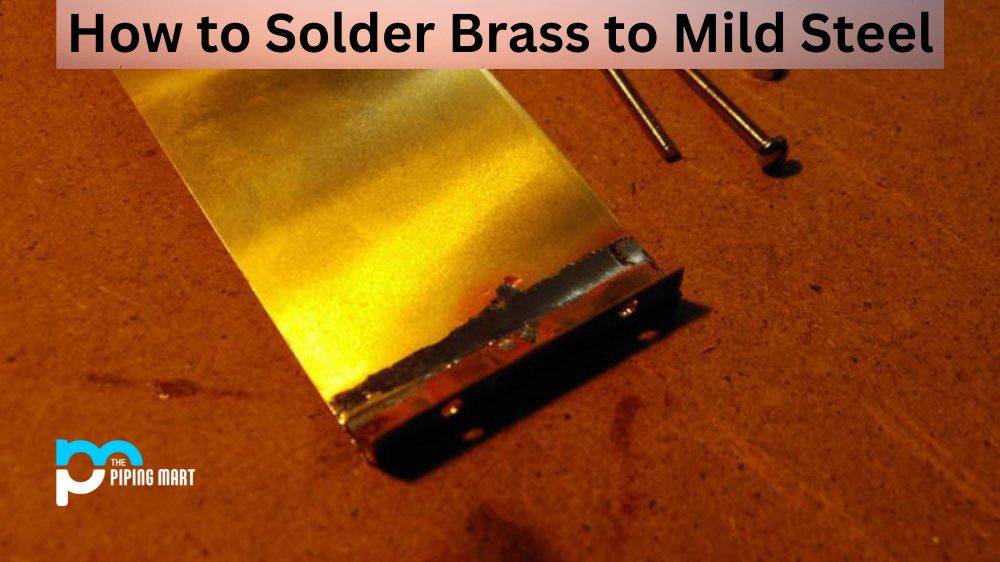The process can be difficult and time-consuming whenever you need to weld two different metals together. But when it comes to welding aluminum to steel, it is even more complicated. Several steps are involved in this process; if done incorrectly, it can result in a weak or faulty joint. That’s why it’s important to understand how to weld aluminum to steel correctly.
Process
When welding aluminum to steel, the first step is to clean off both surfaces with a wire brush or grinder. This will help ensure that any dirt, rust, oil, paint, or other debris is removed from the surfaces before you begin welding. Next, you need to use an electrode designed explicitly for welding aluminum and steel together. This type of electrode will heat up more quickly than other electrodes and will provide the best joint strength for your materials.
Once the electrodes are set up correctly, you can begin welding. You should always start by welding on the steel side first since this material is thicker than aluminum and will require more heat for the weld to penetrate its surface properly. It’s also important to ensure that your workpiece is clamped firmly in place, as this will prevent any movement during the welding process, which could cause faults or weak spots in your joint. As you weld, each side of your materials together, makes sure that you keep an eye on the temperature of your electrode as this can affect its performance and strength of your joint.
Once all sides have been welded together properly, you are ready for post-welding treatments such as grinding down sharp edges or applying corrosion-resistant coatings if needed.
- The first step is to clean the surfaces of both the aluminum and the steel. This can be done with a wire brush or sandpaper.
- Next, apply flux to the surface of the aluminum. Flux helps to prevent oxidation and makes it easier for the weld to flow.
- Set up your welding machine and set the amperage to 30-40 amps.
- Begin welding at the corner of the joint, keeping the tip of the electrode at a 45-degree angle. Move slowly along the length of the joint, maintaining a consistent speed.
- After welding, allow the joint to cool before removing the flux.
Conclusion:
Welding aluminum to steel can be tricky, but with some practice and knowledge about the right techniques and materials, it can be done successfully every time! Make sure you follow all safety precautions when welding these two metals together, as they both require high temperatures for a proper fusion of their surfaces which can cause burns if not handled correctly! Keep in mind that post-welding treatments may also be needed depending on what type of application your joint will be used for, so make sure these steps are taken into account before beginning any project involving aluminum and steel welding! With careful preparation and understanding of how these two metals react when joined together, anyone can become a master welder in no time!
Meet Heer, a dynamic and driven writer learning tricks of her trade in the metal industry. With a background in Digital Marketing, Heer brings a unique perspective to her writing, sharing valuable insights. Apart from blogging she like reading and hiking.




